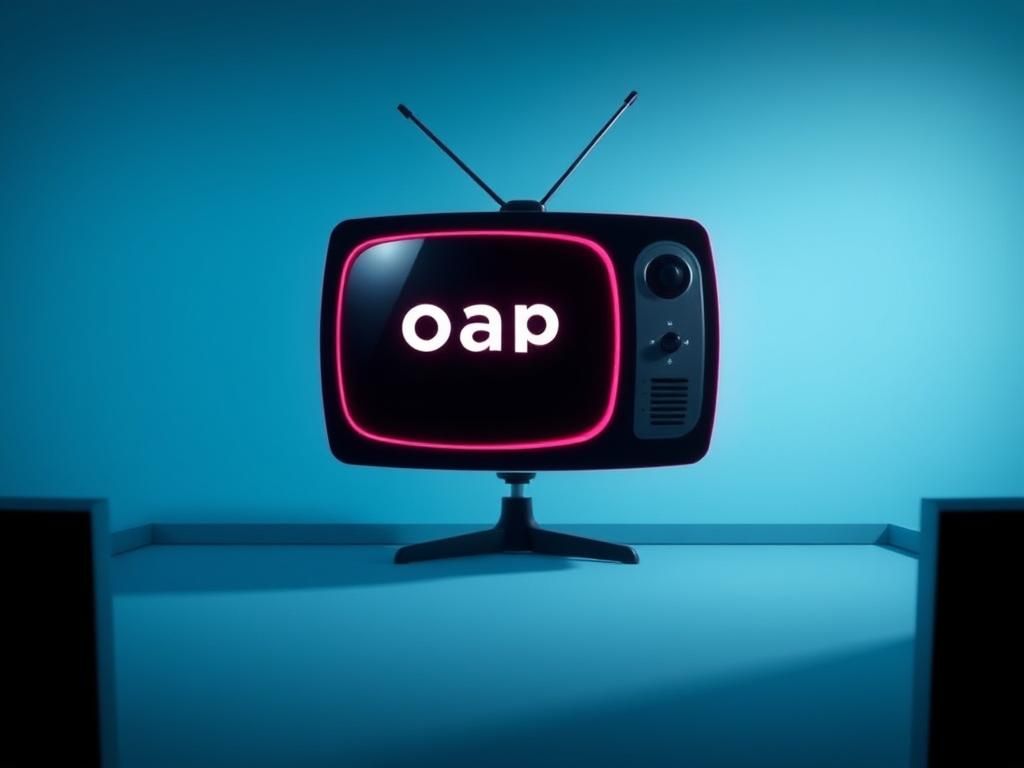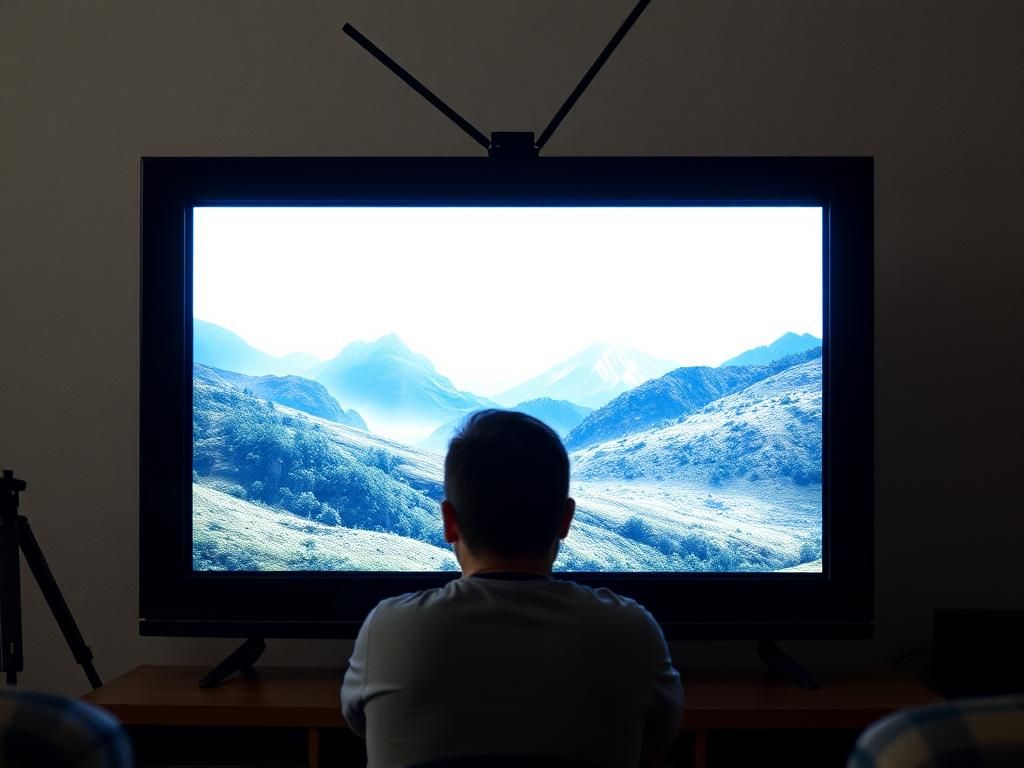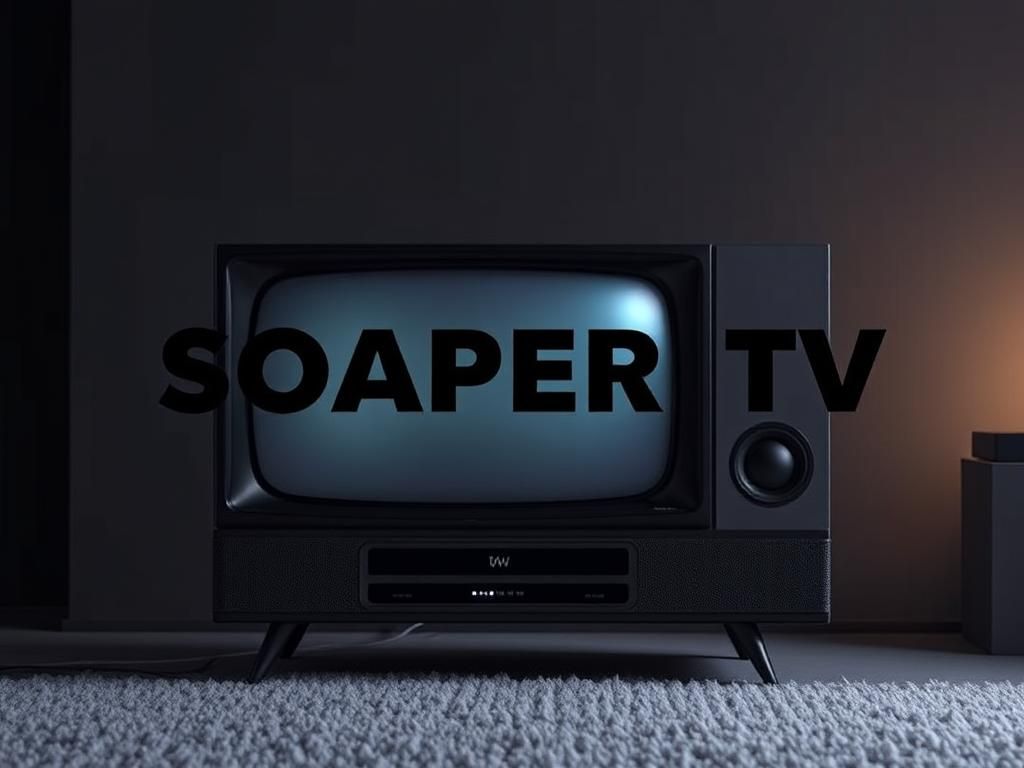Definition of Soaper TV
Soaper TV encompasses a unique genre of television programming, primarily recognized as soap operas. These shows are characterized by their serialized storytelling format, focusing on dramatic, romantic, and often sensational narratives. The roots of soaper TV can be traced back to the early 1930s when radio dramas paved the way for storytelling on television. As technology advanced, these radio dramas morphed into captivating visual formats, marking the beginning of soap operas as we know them today.
The term “soap opera” originated from the early advertising strategies used by soap manufacturers who sponsored these programs. This genre soon became a staple in many households, evolving over the decades both in content and cultural significance.
Importance of Soaper TV in Pop Culture
The influence of soaper TV extends beyond entertainment; it has played a significant role in showcasing societal norms, values, and challenges. Soap operas have dramatized the complexities of everyday life, exploring themes such as love, betrayal, and moral dilemmas. Their long-standing presence in television history highlights their significance, as they have shaped not only the entertainment industry but also public perceptions and social discourse.
The Rise of Soap Operas
Origins of Soap Operas
Early iterations of soap operas began as radio dramas. These audio formats allowed for intricate storytelling, which transitioned smoothly to television when it emerged as a dominant medium in the mid-20th century. The sponsorship of soap operas by soap companies was a strategic marketing move, intertwining product advertising with meaningful storytelling, ultimately leading to the genre’s widespread popularity.
Key Milestones in the Development of Soap Operas
From the 1950s to the 1970s, soap operas reached monumental milestones with shows such as “Guiding Light” and “As the World Turns”. These programs became cultural phenomena, particularly during the Golden Age of Soap Opera, when episodes captivated millions of viewers. Dramatic plots, romantic entanglements, and cliffhangers kept audiences returning day after day, solidifying soap operas’ positions as an essential part of American television history.
Demographics and Audience Engagement
Soap operas attract a diverse audience, primarily composed of women aged 18-49. However, their appeal also extends to men and older viewers. The loyalty among soap opera fans is remarkable; many viewers develop a sense of community bonded by shared stories and character journeys. Online forums, social media groups, and live tweeting of episodes allow viewers to interact and engage with their favorite shows, creating a dynamic cultural dialogue surrounding soaper TV.
Anatomy of a Soaper
Common Storytelling Themes
Central themes that often define soap operas include love and romance, betrayal and jealousy, and complex family dynamics and secrets. These themes resonate with viewers, demonstrating the timeless struggles of human relationships. As thrilling plotlines unfold, audiences become emotionally invested, eagerly anticipating what lies ahead for their beloved characters.
Character Archetypes
The characters in soaper TV often reflect familiar archetypes, immersing viewers in their multifaceted lives. Protagonists, typically female heroines, often face adversity, while antagonists introduce conflict and tension. Supporting characters, such as friends, family members, and love interests, round out the narrative, enriching the drama with their unique perspectives and stories. The balance of these archetypes creates a captivating dynamic that keeps audiences engaged episode after episode.
Writing and Production Techniques
The role of writers and directors is crucial in crafting the compelling narratives found in soaper TV. Writers utilize cliffhangers and plot twists to maintain suspense, often leading to explosive revelations at the end of episodes. Continuity and character development are equally vital, as audiences cherish the emotional investments they have in long-standing characters, often spanning years of storytelling.
Popular Soaper TV Shows

An Overview of Iconic Soapers
Several soap operas have become iconic, with titles such as “General Hospital”, “Days of Our Lives”, and “The Young and the Restless” leading the pack. Each of these series has developed loyal fan bases, producing memorable storylines that have stood the test of time. Their cultural impact is noted not only in viewership but also in the way they reflect shifting societal values and issues.
Recent Hits and Modern Adaptations
In recent years, the landscape of soaper TV has broadened to include more diverse narratives and characters. Modern adaptations of classic soap operas and the emergence of new series have revitalized the genre for a younger audience. With a focus on inclusivity and representation, these contemporary productions challenge traditional storytelling methods, making them relevant to current societal conversations.
Case Studies of Successful Episodes
Notable episodes from iconic soap operas often generate extensive viewer reactions. For example, the infamous reveal of *who shot J.R.* on “Dallas” sparked national conversations and remained a cornerstone of television history. Analyzing audience reactions, from shock to elation, can provide insight into the effectiveness of storytelling in soaper TV. Such breakthroughs often lead to surges in viewership, showcasing the power of gripping narrative arcs.
The Impact of Soaper TV
Representation and Diversity
In recent years, soaper TV has made significant strides toward increasing representation and diversity on-screen. Gender representation is often explored through strong female leads navigating complex emotional landscapes while cultural and ethnic diversity enrich storylines, making them more relatable to a broader audience. This push for inclusion allows for an array of voices and perspectives in the genre.
Influence on Other Genres
The elements of soap operas have influenced various other genres, spilling over into prime-time dramas and even reality television. The melodrama and emotional intensity inherent in soaper TV have become popular tropes seen in other programming, proving that the genre’s storytelling mechanics can resonate across different formats.
The Role of Social Media
Social media has transformed fan engagement, enabling viewers to connect and express their opinions about their favorite soaper TV shows on platforms like Twitter, Instagram, and TikTok. This digital interaction has given fans a greater voice, allowing them to influence showrunners and even participate in discussions surrounding character arcs and plot developments.
The Future of Soaper TV
Current Trends Shaping Soaper TV
Current trends indicate that soaper TV is adapting to viewership changes by exploring digital series and streaming platforms. Shorter episode formats and more flexible storytelling styles are becoming increasingly popular, catering to the habits of a new generation of viewers who prefer bite-sized content. This restructuring allows for more diverse narratives and innovative approaches to traditional soap opera formats.
Predictions for the Future of Soap Operas
As soap operas continue to evolve, shifts in audience demographics are expected. The integration of technology in storytelling and production will play a significant role in this evolution, allowing showrunners to experiment with immersive experiences and interactive content. The future will likely bring a balance between classic soap opera elements and modern storytelling mechanics.
Challenges Facing Soap Operas
Despite their cultural significance, soaper TV faces challenges in an era of intense competition. Non-scripted programming and streaming services have garnered large audiences, necessitating innovative storytelling techniques to retain viewership. As soap operas navigate these challenges, their ability to adapt will determine their survival in an ever-changing television landscape.

Conclusion
Recap of the Significance of Soaper TV
The impact of soaper TV reaches deep into cultural and social realms, making it an enduring part of television history. From its early beginnings to its place in modern entertainment, the relevance of soap operas continues to resonate with audiences today.
Final Thoughts on the Enduring Appeal of Soaper TV
The allure of soaper TV has proven resilient, captivating viewers with its dramatic narratives and complex characters. As the genre evolves, its loyal fan base encourages a deeper appreciation for the significant role soap operas play in reflecting and influencing societal norms.
| Key Aspects of Soaper TV | Details |
|---|---|
| Definition | Serialized dramas centered on romance, love, and betrayal. |
| Origins | Started as radio dramas; sponsored by soap manufacturers. |
| Audience | Primarily women aged 18-49, but diverse viewership is growing. |
| Iconic Shows | “General Hospital,” “Days of Our Lives,” “The Young and the Restless.” |
| Character Archetypes | Protagonists, antagonists, supporting characters. |
| Trends | Digital series, modern adaptations, focus on diversity. |
FAQ
What is Soaper TV?
Soaper TV refers to soap operas, serialized television dramas characterized by melodrama and romantic storylines.
How did soap operas originate?
Soap operas originated from radio dramas in the 1930s, evolving into television programming sponsored by soap manufacturers.
What are some popular soap operas today?
Popular current soap operas include “General Hospital,” “Days of Our Lives,” and “The Young and the Restless.”
Who is the typical audience for soap operas?
The typical audience is predominantly women aged 18-49, though soap operas also appeal to a broader demographic.
Why are soap operas significant in pop culture?
Soap operas reflect and influence societal norms and provide commentary on relationships and moral dilemmas central to everyday life.
How have soap operas changed over the years?
Soap operas have evolved to include diverse narratives, modern adaptations, and digital series that appeal to younger audiences.
What are some common themes in soap operas?
Common themes include love, betrayal, family dynamics, secrets, and moral quandaries.
How does social media impact soap operas?
Social media allows for increased fan engagement, enabling viewers to share opinions and influence storylines through discussions.
What challenges do soap operas face today?
Challenges include competition from streaming services and the need for innovative storytelling to retain viewers.
What is the future outlook for soap operas?
The future may include shifts in audience demographics, technological advancements, and adaptations to stay relevant in a changing media landscape.
